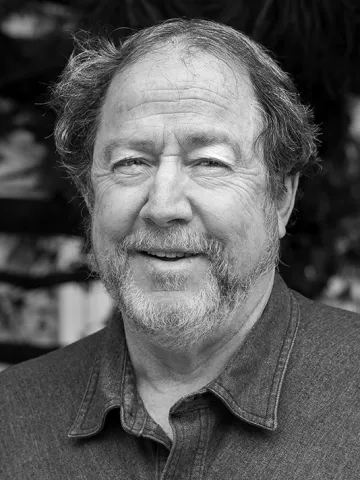
Grassroots Network Support Team since 2008 (current)
Wildlands and Wilderness Grassroots Network Team since 2005 (current Vice-Chair)
Our Wild America Campaign Team – 2015 & 16
G.N.S.T. Coordinating Pair (liaison to Board of Directors) 2011-18
Renewables Siting on Public Lands Task Force 2009-10
National Wildlands Campaign Committee 1998–2005
It was a 1995 Sierra Club outing to Utah’s red rock wilderness which began my journey as an environmental activist. Back then I wanted to save a beautiful place for my kids and everyone else. Times have changed. The stakes are higher. As climate scientist Katharine Hayhoe says: “Climate change presents a threat to the future of human civilization; the biodiversity crisis presents a longer-term threat to the viability of the human species.”
The Sierra Club’s priorities of clean energy and protecting 30% of the United States’ lands and waters by the year 2030 are right on point. My 25 years’ experience as a national leader in wildlands campaigns enables me to assure our protection efforts will hold up their half of the bargain, alongside our renewable energy work, to assure a healthy planet.
When I went on that outing to Utah’s canyonlands I was working as a community organizer in Chicago neighborhoods -- supporting volunteers’ capacity to act, lead, and make decisions. Skills further developed as that career morphed into conservation organizing. The Sierra Club is a natural venue for such work. Our strength lies primarily in our members and volunteer leadership working collaboratively with our staff. My roles have focused on both protecting the planet’s lands, waters, and species but also on supporting volunteers via the Grassroots Network for whom I served six years as liaison to the Board, sitting in on all the meetings. This positions me to play to our organization’s strengths so we can maximize our contribution to saving the planet.
To succeed we need a majority. To gain a majority everyone needs to be invited in, welcomed, and leading. The Sierra Club’s long overdue attention to Equity is vital as a matter of basic justice and as a strategic imperative. Where would the protection of the red rock canyonlands be without the indigenous led Bears Ears National Monument? We need everyone at the table if we’re to assure a healthy future not only for human civilization but for our species itself – for our families, our friends, our communities, and the entire fellowship of life on Earth of which we are a part.
I ask for your vote. Let’s get to work. Thank you.
Endorsements
Current Board: Shruti Bhatnagar, Debbie Heaton (past 5th Officer), Patrick Murphy (V.P. for Chapters and Volunteers), Dave Scott (past President).
Past Board: Jim Catlin, Ramon Cruz (President), Marion Klaus (V.P. for Conservation), Susana Reyes (V.P. for Conservation).
Past Sierra Club Staff: Bob Bingaman (Senior Field Director), Dan Chu (acting Exec. Director and Our Wild American Campaign Director), Bruce Hamilton (Nat’l. Policy Director).
Grassroots Network Co-Leads: Luther Dale, Doug Fetterly, Gwyn Jones (staff).
Current GR Leaders: Vicky Hoover (CA/NV Wilderness Team), Joan Taylor (CA Desert Committee), Karen Yarnell (Wildlands & Wilderness Team).
Allied Leaders: Allied Leaders: Olivia Juarez (Green Latinos’ Public Lands Director), Mark Maryboy (there at the conception of Bears Ears Nat’l Monument; 16 years on the Navajo Nation Tribal Council), North Dakota Chapter, Florida Chapter, Utah Chapter